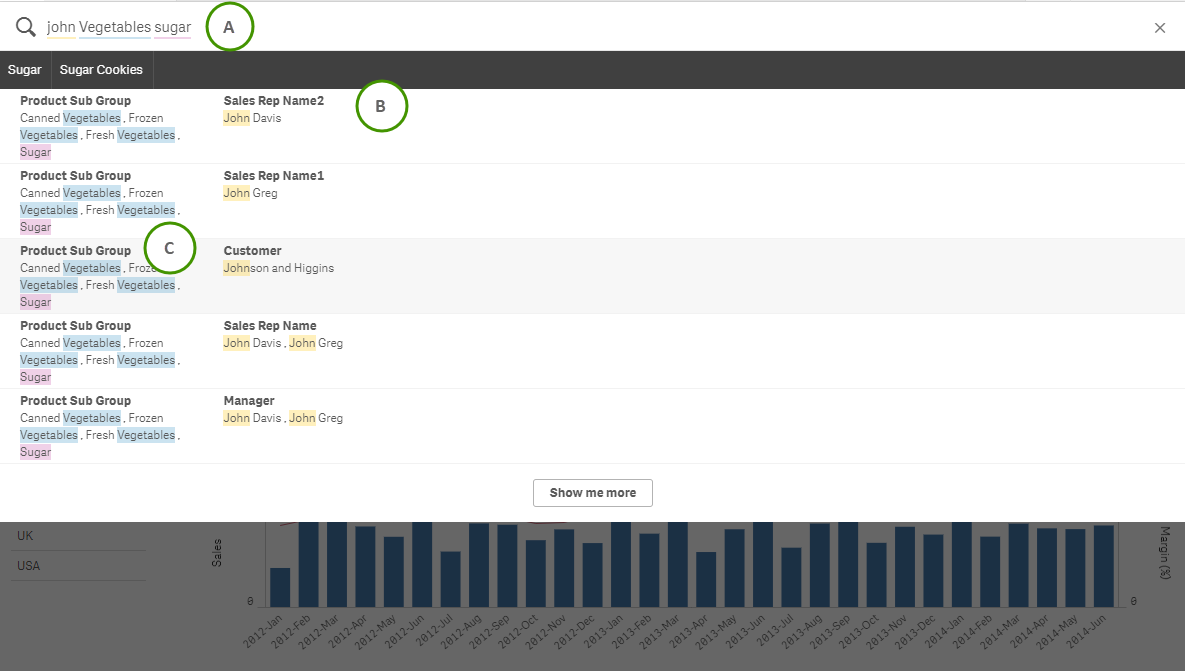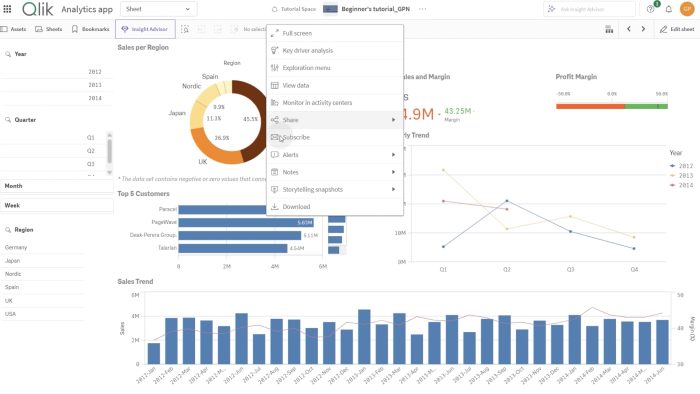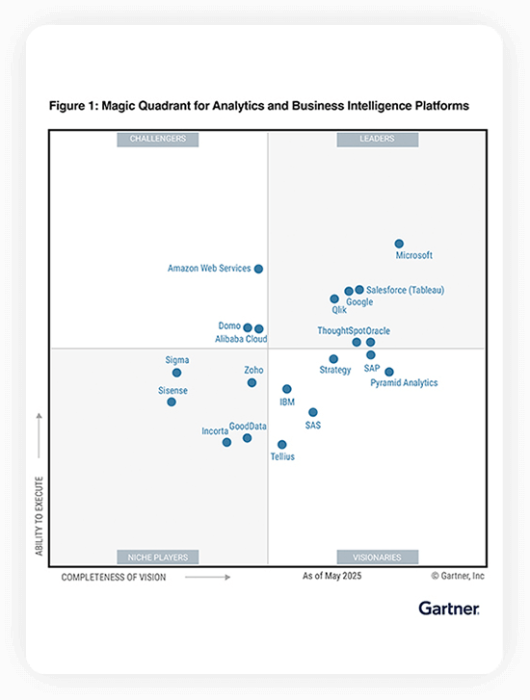- Home
- /
- Quo vadis Qlik? Part 2 – Advanced Analytics with the Associative Engine
By Maris Svilans,
Head of Sales, Co-Founder, The Infotrust

Personal note: Writing this from Copenhagen Airport, en route to Qlik Connect in Orlando, which is the the perfect moment to continue my Qlik reflection series.
In Part 1, I explored how Qlik embraces open Lakehouse architecture by integrating Apache Iceberg and real-time data pipelines to build a robust, scalable data foundation. We highlighted streaming data in near real-time, unlimited scalability, and open storage solutions. Now, let’s explore how this strong data backbone empowers analytics, focusing specifically on Qlik’s unique Associative Engine.
The Associative Engine
Qlik’s Associative Engine stands out as a uniquely powerful analytics tool, enabling users to freely and intuitively navigate complex, multi-dimensional datasets without predefined drill-down paths or rigid pre-aggregated structures. Every interaction – selection=click (hence the name – QLIK) – triggers an instant recalculation of related data, dynamically showing hidden relationships and associations. By keeping data fully loaded in-memory, Qlik delivers results at the speed of thought, promoting fast, insightful decisions at the speed of thought.
Moreover, the associative engine goes beyond traditional query-based analytics:
Inside the QIX Engine
At the heart of Qlik’s associative analytics capability lies the Qlik Indexing (QIX) Engine, which enables the unique associative experience. The QIX Engine handles complex, interactive data analysis with exceptional speed and flexibility through several critical components:
For a deeper understanding, watch Henric Cronström‘s insightful presentation on the QIX Engine: “QIX Engine: Under the Hood”. This recording was made during an event organized by The Infotrust in Vilnius, where Henric participated as a guest speaker.
Another distinctive feature powered by the QIX Engine is Qlik’s global search functionality. Users can instantly search across the entire dataset with a single query, uncovering relevant associations and insights without needing predefined queries or structured paths. To learn more about this capability in action, please check Michael Tarallo‘s awesome demonstration.

This global search leverages the associative capabilities of the QIX Engine to rapidly index and retrieve information across all dimensions and measures, making it remarkably intuitive and efficient.
Customer Success Story – BOM Cost & Margin Analysis
Let me share a story which will be unveiled at our Qlik Customer event in Vilnius. A leading manufacturer reliant on commodities was looking for a solution to effectively manage profitability impacted by volatile raw material costs, traditionally tracked using SAP’s Bill of Materials (BOM). Precise, proactive analysis was critical to maintaining competitive margins amid rapid market fluctuations.
Leveraging Qlik, we successfully provided a tailored solution enabling the customer to:
The solution significantly enhanced their ability to conduct complex “what-if” scenario analyses with ease, addressing questions such as:
This advanced capability delivered immediate business benefits:
As a result, the manufacturer achieved greater financial predictability, strategic agility, and improved profitability in a volatile market environment.
Bridging Robust Data Infrastructure and Agile Decision-Making
The Lakehouse architecture outlined in Part 1 ensures data freshness, accuracy, and integrity, providing an ideal foundation for the Associative Engine. From data ingestion to actionable insights, the entire analytics process can occur in minutes – significantly improving responsiveness and agility in volatile market conditions.
Anticipating Qlik’s Next Leap in AI
At Qlik Connect in Orlando, I’m particularly excited to explore upcoming advancements like Qlik’s Agentic AI capabilities. Stay tuned for Part 3, where I will share the latest updates and innovations from Qlik’s main annual event.



June 18, 2025
3 min